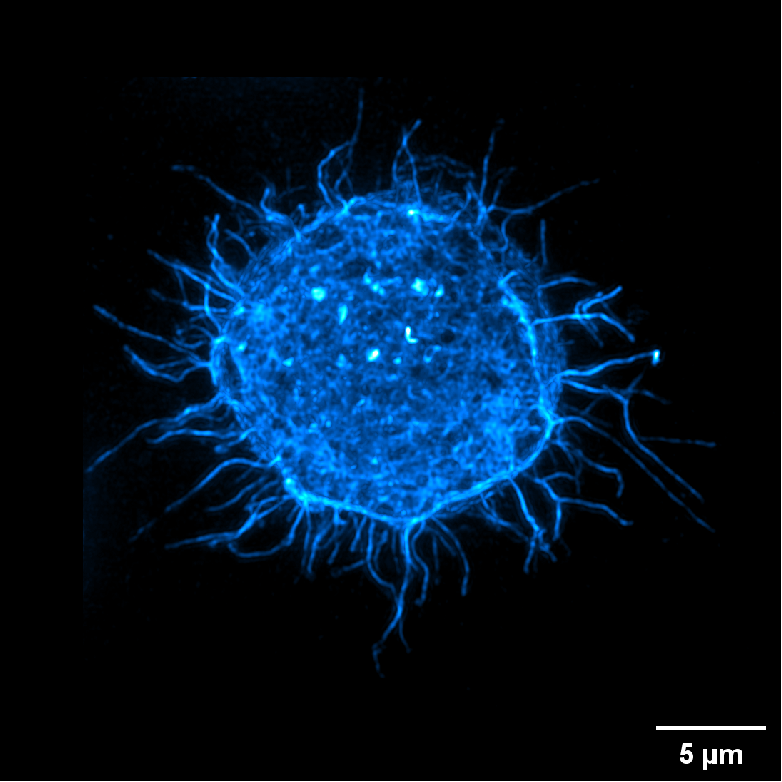

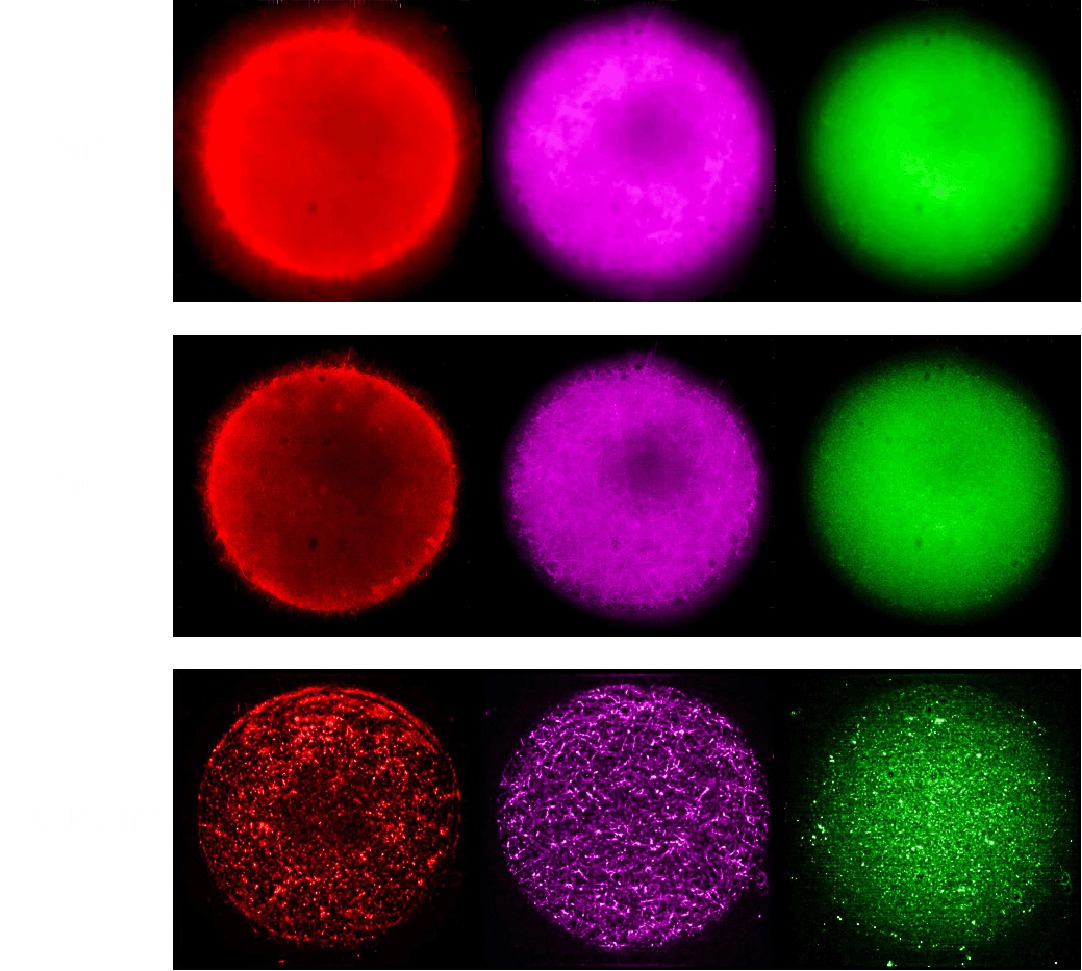
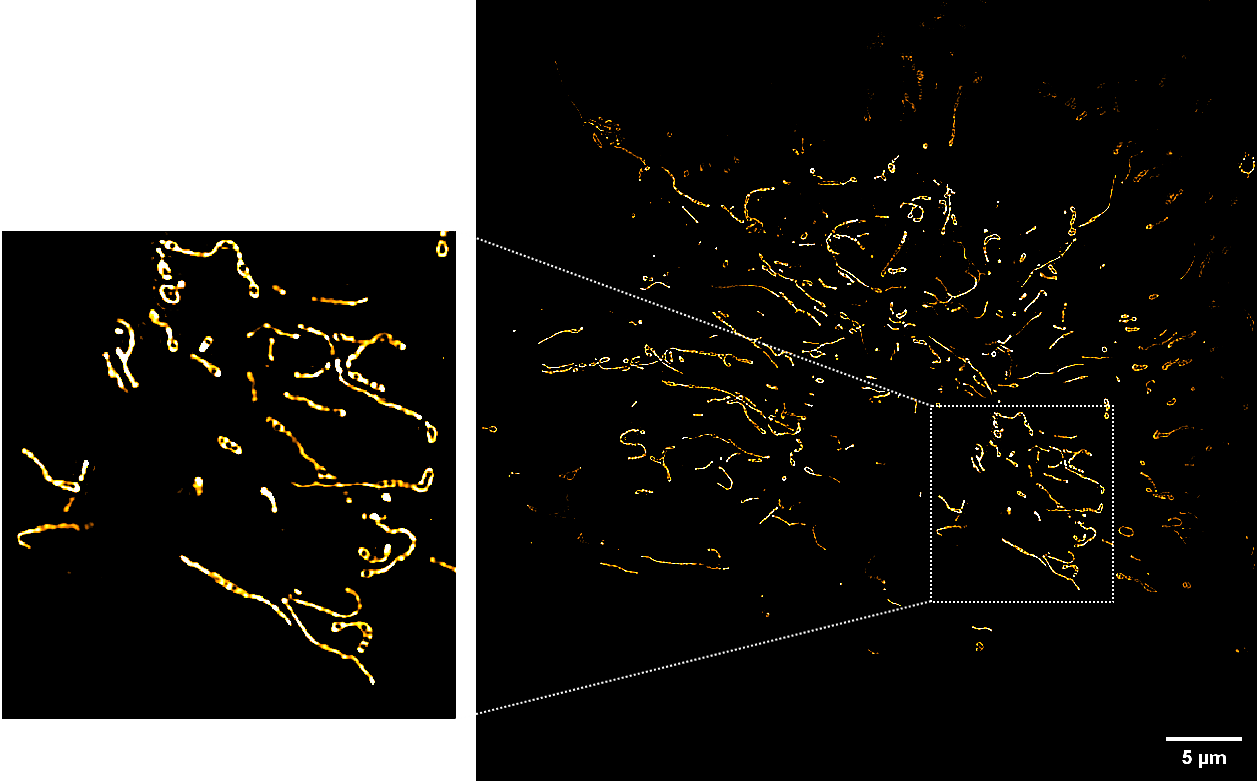
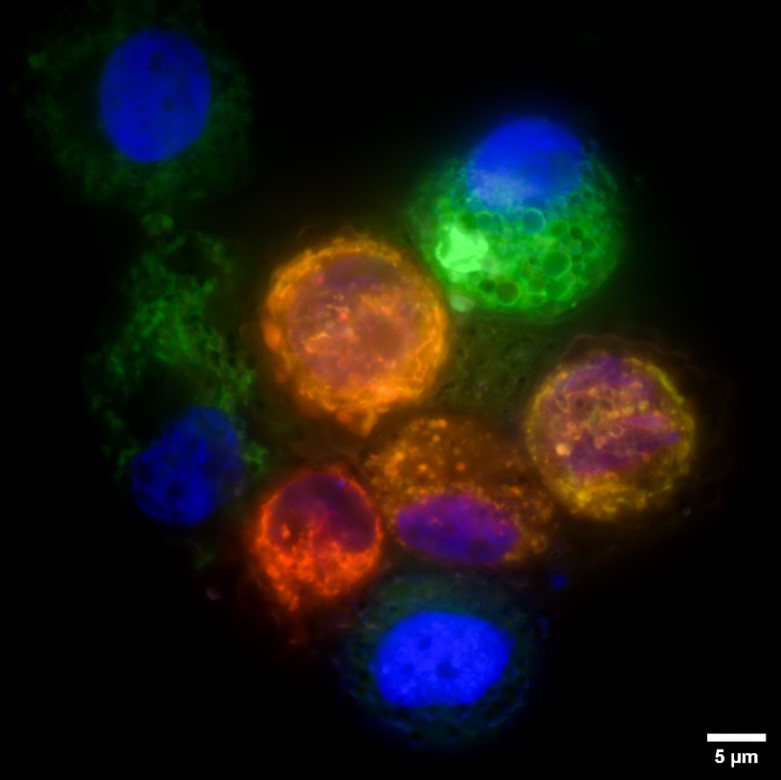
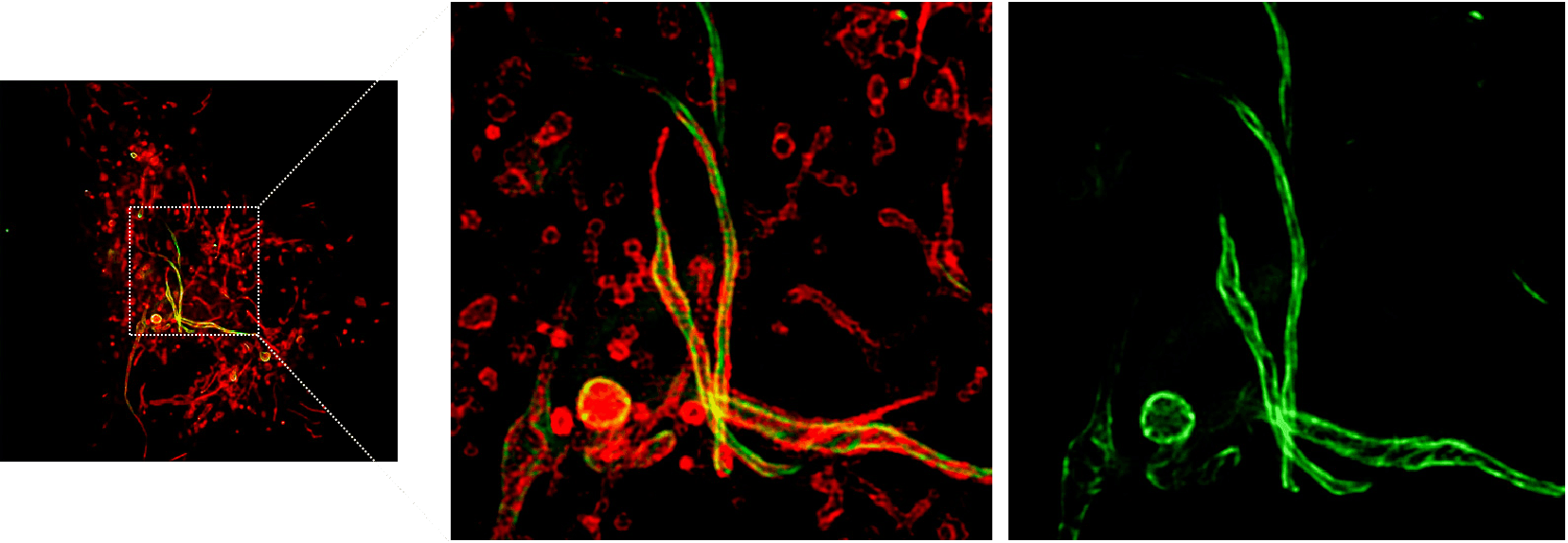
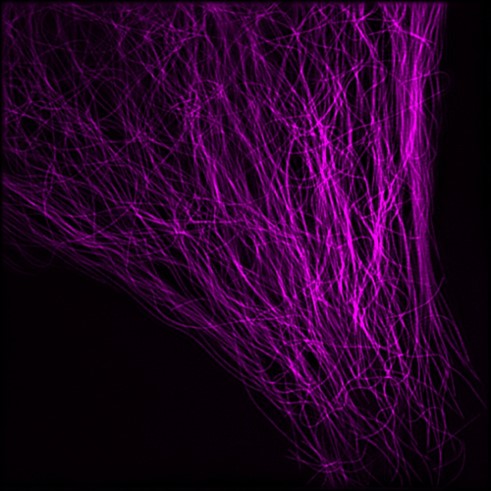
Airy and Nikon jointly introduce the Polar-SIM & Nikon AX dual-modal super-resolution microscopy imaging system. This system seamlessly integrates the high-speed, low phototoxicity super-resolution imaging capabilities of Polar-SIM (for resolving subcellular dynamics) with the excellent optical performance, stability, and large field-of-depth imaging advantages of Nikon's AX platform (for acquiring high-definition wide-area data from deep tissues). The "One system, dual-modal" complementary advantages resolve the problem that two independent system cannot image the same region; enhance sample compatibility, and meet cross-scale research needs from single-cell nanostructure analysis to organoid/tissue 3D panoramic imaging, serving multiple disciplines including life sciences, biomedicine, and materials science.
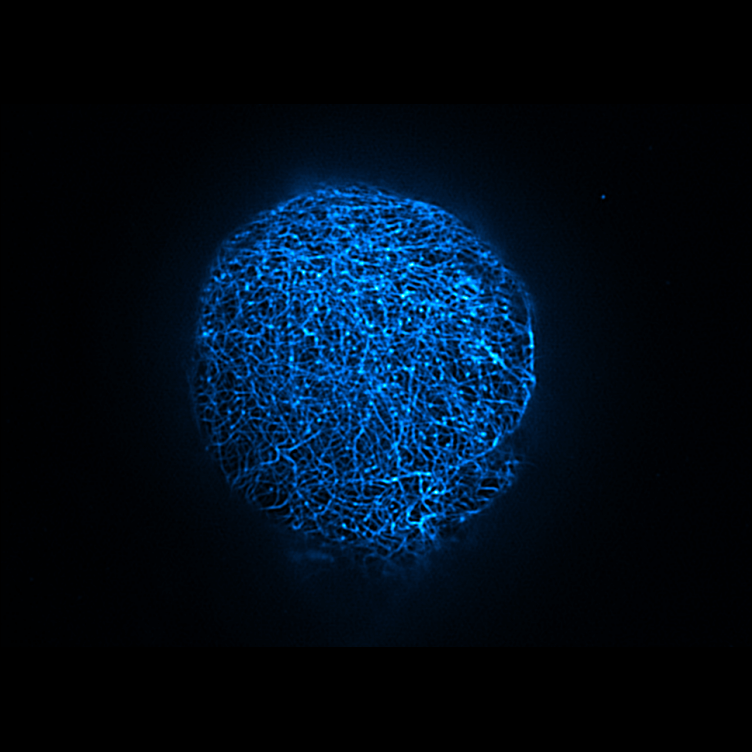 TIRF-SIM
Total internal reflection structured illumination super-resolution imaging mode
TIRF-SIM
Total internal reflection structured illumination super-resolution imaging mode
TIRF's "zero-background" thin-layer imaging combined with SIM's "non-destructive resolution doubling" provides the ultimate solution for high-fidelity, low-damage, and fast-response nanoscale dynamic studies of living cells, particularly suitable for studying light-sensitive or high-speed dynamic biological processes near the cell membrane.
TIRF-SIM Analysis of the Ultrastructure of Cellulose Microfibrils in Plant CellsCredit: Prof. Jinxing Lin Group, Beijing Forestry University
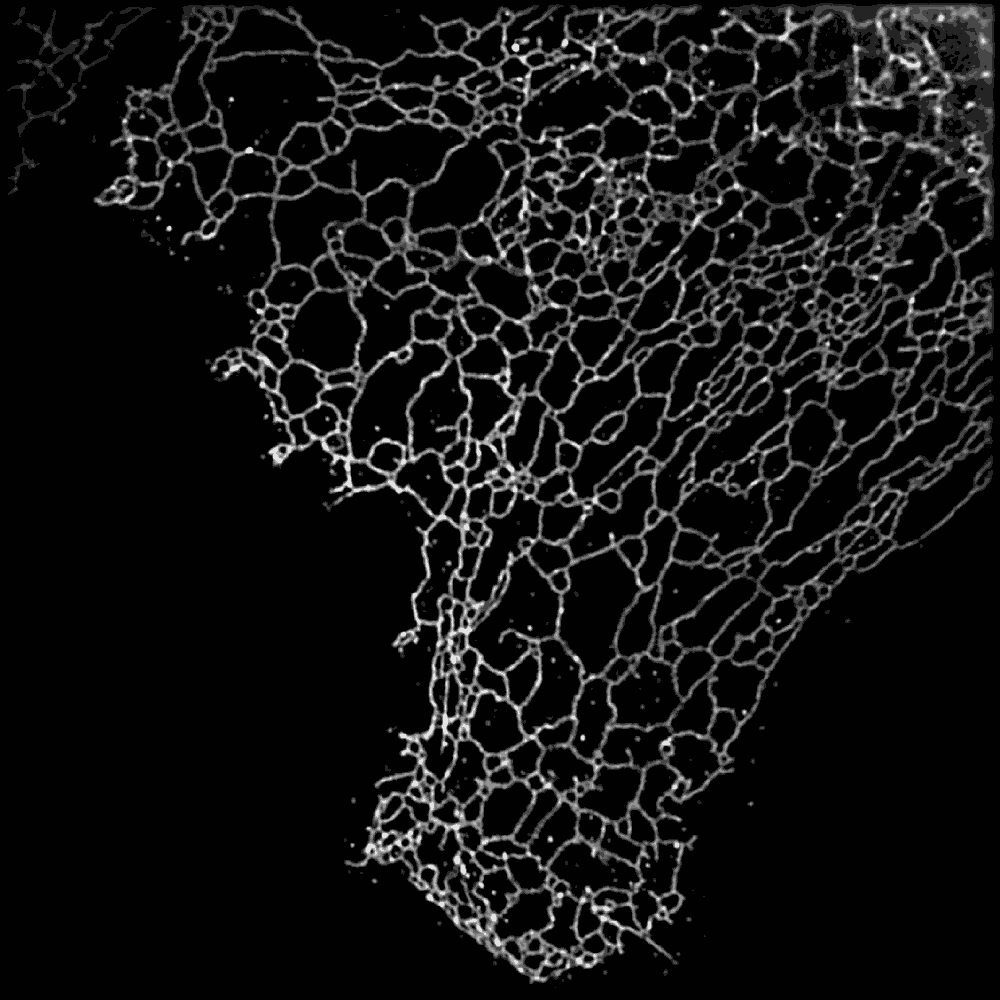 2D-SIM
Two-dimensional structured illumination super-resolution imaging mode
2D-SIM
Two-dimensional structured illumination super-resolution imaging mode
2D-SIM can clearly resolve subcellular structures without special fluorescent labeling: its low phototoxicity supports second-level dynamic long-term imaging of living cells, avoiding photodamage.
Data Source: Arui Technology
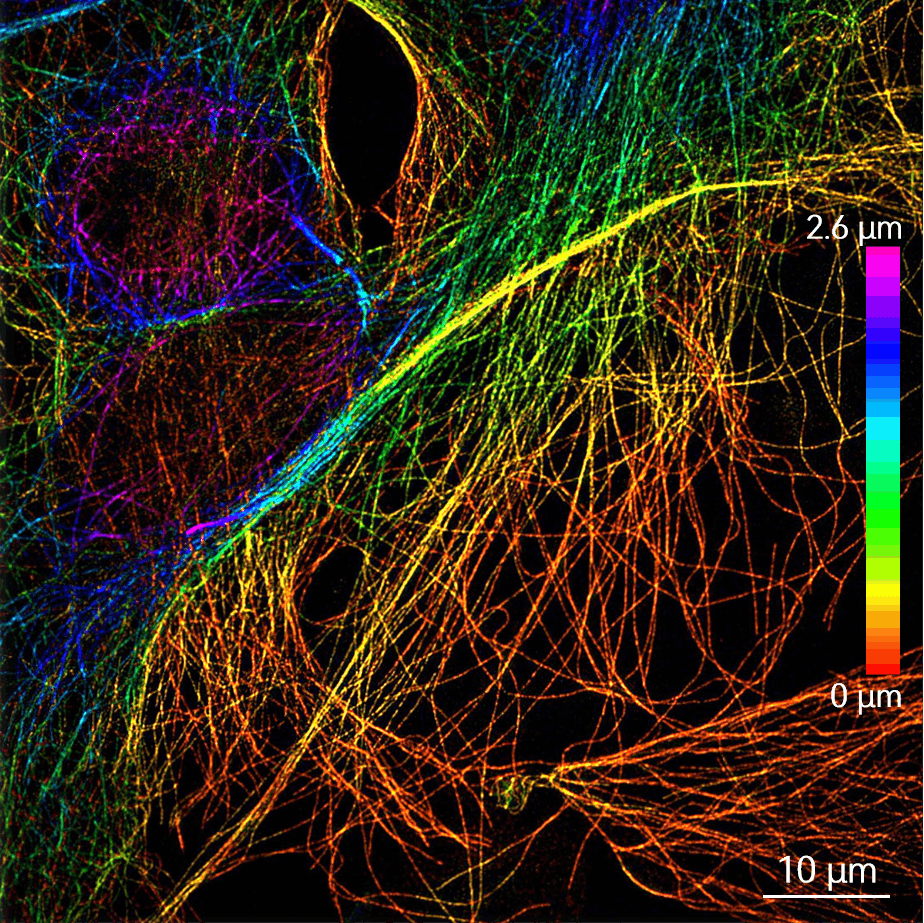 3D-SIM
Structured illumination super-resolution imaging mode
3D-SIM
Structured illumination super-resolution imaging mode
Break through the traditional confocal Z-axis resolution limit, double the 3D imaging accuracy (Z-axis resolution can reach 200 nm), and clearly reconstruct the 3D structure of subcellular organelles such as centrosomes.
Data Source: Arui Technology
 Polar-SIM
Polarized structured illumination super-resolution imaging mode
Polar-SIM
Polarized structured illumination super-resolution imaging mode
By synchronously acquiring spatial super-resolution images and fluorescence polarization information, the molecular orientation of samples is analyzed, helping to elucidate the regulatory mechanisms of directional molecular arrangement in life activities.
Credit: Dr. Hailin Fu Group, Westlake University






